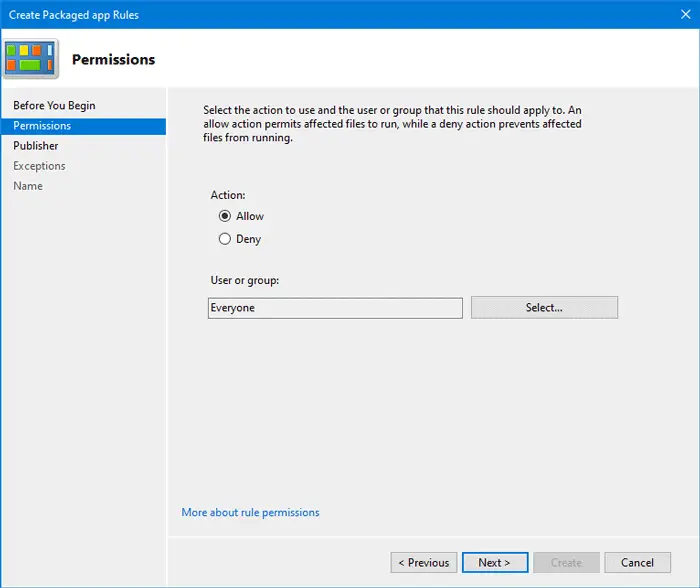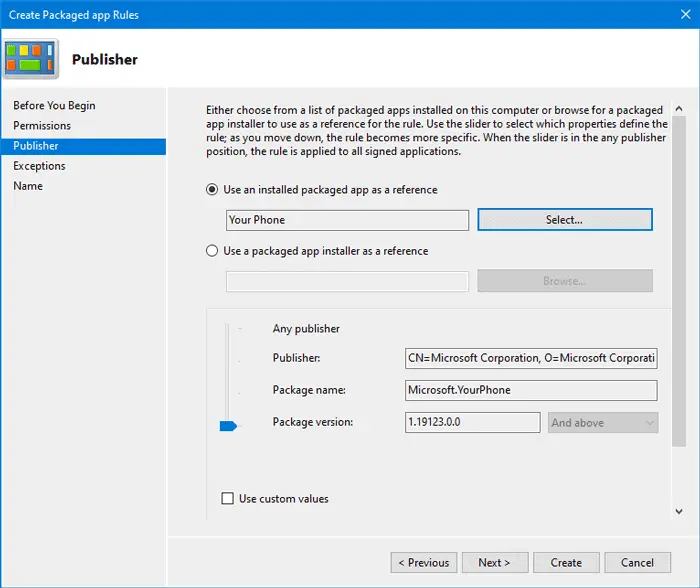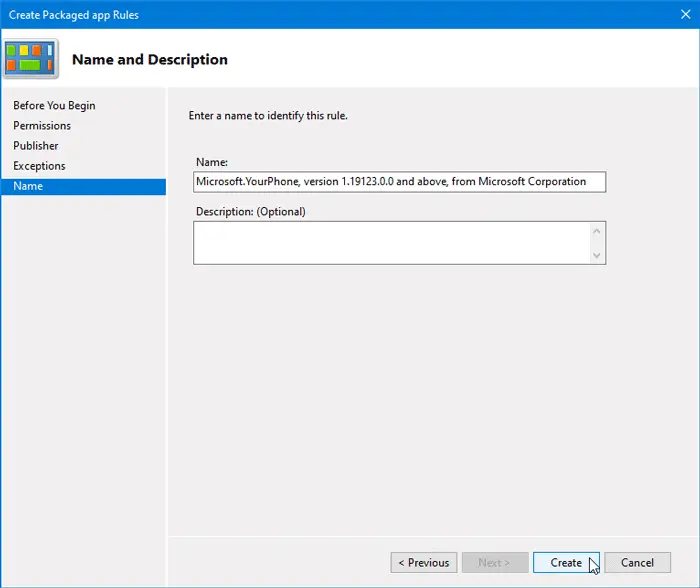Users could get This application has been blocked by your system administrator error message when starting an application preinstalled on Windows 10. This error occurs when a PC is connected to a domain network and the administrator has used the AppLocker to deploy a restriction on the software installation policy. Here’s how, as an administrator, you can work around this error and allow a specific user or all users to run a program.
The main reason for this problem is an application control strategy designed by your system administrator. Many system administrators do not allow users to install or run various applications during working hours. In most cases, administrators use AppLocker to prevent users from opening Microsoft Store apps on all computers. You can get the specific error if you are subject to this restriction and try to open a Microsoft Store application.
However, many times, you may need to allow a specific service to access all applications due to a work objective. In this case, you must create a new rule to allow everyone or a particular user on your network to access applications created by Microsoft. Your system must have remote server administration tools. Additionally, you must create the rule from a Windows 10/8 or Windows Server 2012 domain controller.
This application has been blocked by your system administrator
To fix This application has been blocked by your system administrator error, follow these steps-
- Open local security policy
- Create a new rule in the Rules section of the packaged application
At first, you need to open the local security policy on your computer. To do this, you can open the Start menu and search for it. You can also press Win + R, type secpol.msc, and press the Enter button. After that go to Application Control Policies> AppLocker> Packaged Application Rules. You must right click on the Packaged application rules button and select Create a new rule option.
It should open a window where you can find the Next button. It displays all the essential information about creating a rule in the Local Security Policy panel.
in the permissions window, you need to select the action you want to perform. This implies that you must choose either To allow or Deny. As you are going to let others run installed programs, you must select To allow. Then it asks you to select the user or group. If you want to allow everyone on your network to run Microsoft Store apps on the respective computers, you must use Everyone. If you are going to authorize a specific service (sales, HR, accounting, etc.) or a user, you must click on the To select and choose the corresponding username.

After making all the selections, click on the Next button to visit the Editor tongue. Here you can see two main options-
- Use a packaged application installed as a reference
- Use a packaged application installer as a reference
If you want to select a specific application, choose the first option. You must choose the second option if you want to include an .appx file or a packaged application installation file as an example or reference. For the second option, you must have the path to the .appx file.

Depending on your preference, you must click on the Select / browse to confirm the reference. After choosing the application or installation file, you should see other options unlocked-
- Any publisher: Users can run programs from any signed editor.
- Editor: Users can run applications created by a specific editor. For your information, if the editor has five applications in the system, users can run them all. According to the screenshot, it is Microsoft Corporation.
- Package name: Users can only use one specific application with the given package name. Although this does not happen, if more than one application has the same package name, users can run them all.
- Package version: If you do not want to allow users to update and run a newer version of an application, you must specify the version of the application.
To select a specific rule, check the box Use custom values and use the lever on the left side to choose an option.
Finally, click on the Next button to visit the Exceptions tongue. This is useful when you want to replace your custom rule in different situations. You can click on the Add to create an exception.
If you do not want to create an exception, click on the Next to enter a name and description for your rule. This will allow you to recognize the rule in the future.

After that click on the Create button. You should now see the newly created rule in the Packaged application rules section. If you want to delete this rule, right click on it and select Remove. Then you need to confirm the deletion.
That’s it! This tip should help you correct This application has been blocked by your system administrator error on Windows 10.
Related Reading: This app has been blocked due to company policy.
